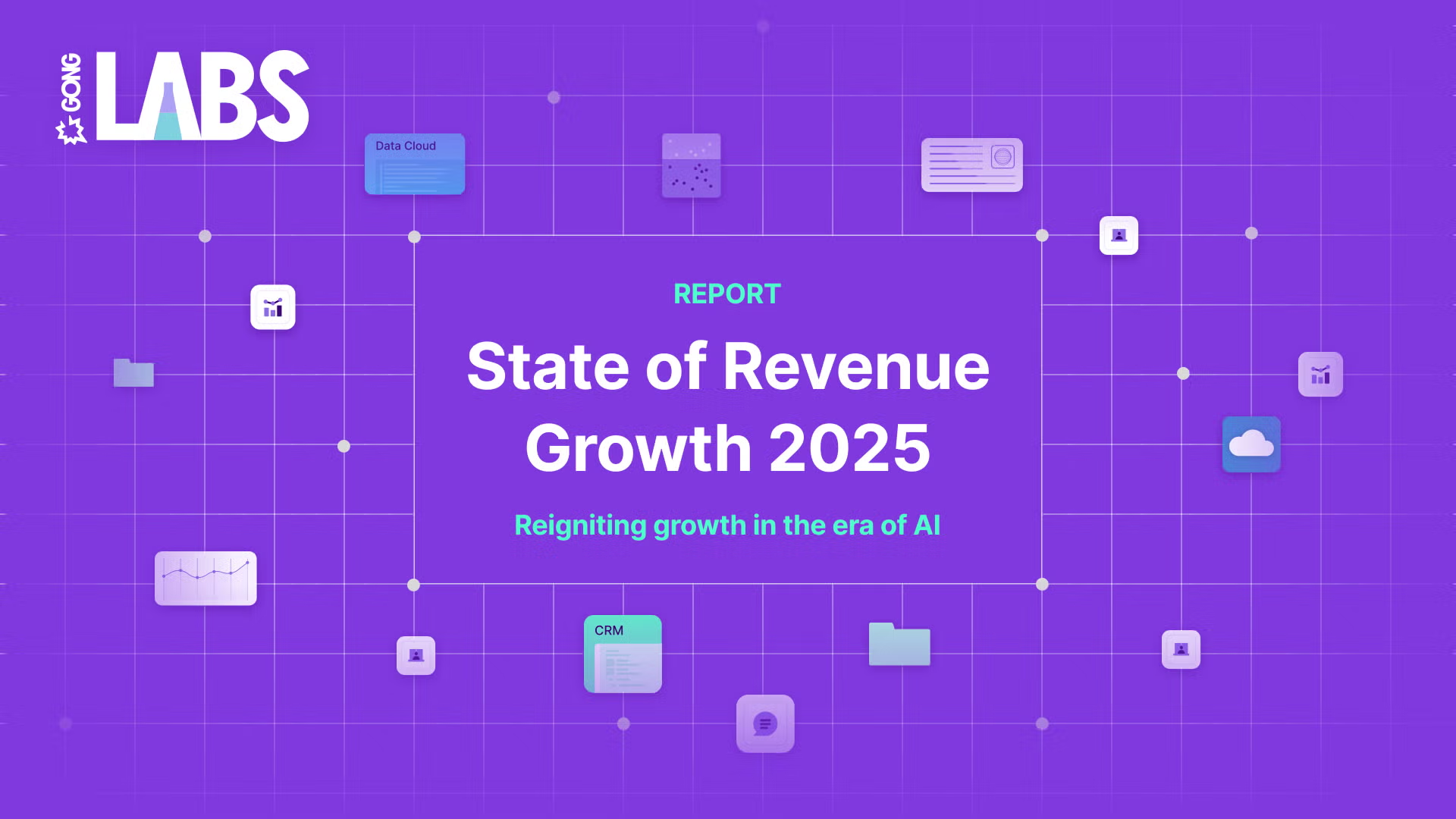Executive insights
3 lessons from PitchBook CRO Paul Santarelli for high-growth companies

Dana Feldman
VP of Enterprise Sales
Published on: July 18, 2024

What do the world’s best chief revenue officers (CROs) have in their playbooks? On each episode of Reveal, I’m focused on helping you find out. My goal is to give you access to the most influential revenue leaders at some of the world’s top companies so that you, too, can deliver on your revenue goals.
In our latest episode, I’m thrilled to deliver on that promise with my guest, Paul Santarelli, Chief Sales Officer at PitchBook. As Paul says during our conversation, “data is key to everything.” So, it makes sense that PitchBook is the leading provider of global financial data, research, and insights, empowering capital market professionals to win what’s next.
Paul himself has a long history and deep expertise at venture-backed companies, in high-growth environments where similarly high-growth opportunities exist. He started at PitchBook in 2011 as its director of business development, but he spurred his own growth at the company by looking around and finding opportunities to build programs and put processes in place. In fact, his first official management responsibilities were for the company’s SDR team.
Along the way, he launched PitchBook University, an onboarding program to get new employees up to speed quickly on the complex concepts of a sophisticated market. “The more connections we can create for our employees to understand our market, the better they are positioning our product as a value add,” Paul says.
Paul’s experience is an excellent case study in two critical mindsets for sales leaders: one is finding the gaps in the business that you can go build solutions for, and the other is not waiting for the opportunity to come to you.
Here are three key lessons from our conversation that I think other CROs (and soon-to-be CROs) can apply in their own organizations that will set a course for growth and market resilience.
1. Create forums where reps are encouraged to express ideas
It’s simply not possible for every sales leader to be on every single call. That means there needs to be a way for reps to raise concerns, contribute ideas, and impact overall strategy.
This can be a way not only to source crucial information from the team, but also to maintain a culture of openness and collaboration as the business grows.
He holds himself accountable for understanding the experience of reps, clients, and prospects. “The boots on the ground are the ones who are going to come up with the areas in which we are most likely able to affect growth,” Paul says. “So you’ve got to instill that to make sure you’re extracting the good ideas.”
It’s also equally important to be communicative with your team about what ideas you’re choosing to pursue, which ones you’re not pursuing, and why.
2. There is no success unless every rep is in a position to be successful
Without a strategy to put them into practice, ideas are just that: ideas. And even the greatest ideas in the world won’t lead to growth unless the individual contributors are trained and empowered to do their best work.
“I don’t think as a sales leader that you can’t be just as successful if you’ve never actually done that job,” Paul says. “But you’ve got to appreciate it.”
In order to stay close to the information on the ground, Paul actually sits with the SDR pod at their Seattle office. He listens to call recordings and asks questions. He takes meetings with reps and makes himself accessible to them for coaching or to be a sounding board.
Being present and open to your reps can make all the difference when it comes to building great relationships and partnerships all the way through the organization. “The experience of our rep will translate to the experience of our clients and our prospects, and hopefully it’s a positive one,” he adds.
3. Your customer experience should dictate your tech stack
Tech stacks are a complex issue for a business and a sales team. There are many platforms and solutions that will help you and your team perform better and be more focused and productive.
However, it’s really easy to get bogged down by bringing in a lot of different pieces of software for every challenge you have, while not using any one solution to any of their actual capacities or capabilities.
For Paul and his team, it’s all about starting with the experience you want for your employees, and then experience you want your employees to model for your customers and prospects.
“You’ve got to commit to knowing who you are and then craft the experience, the tech stack, the use of AI — whatever that might be — into that,” Paul says. “But you have to have a north star.”
Once you have that north star and that experience in mind, you can build it into the DNA of your revenue organization, and the tech stack you put in place will help facilitate it.
For more essential tips and strategies like these, listen to all of our other episodes of Reveal and subscribe to The Edge for the latest and greatest revenue insights.

VP of Enterprise Sales
Dana Feldman is the VP of Enterprise Sales at Gong, where she’s building and scaling strategic sales. Before joining Gong, Dana led Amazon's Enterprise & Mid-Market Sales team on the Amazon Business side for over three years. Her extensive experience also includes serving as the Head of Enterprise, Sales Solutions (A/NZ) at LinkedIn, and as a Sales Manager for the Financial Services Vertical at Salesforce.
Discover more from Gong
Check out the latest product information, executive insights, and selling tips and tricks, all on the Gong blog.



